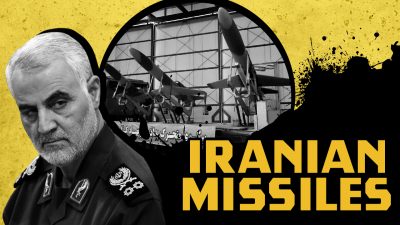Video: Pro-Iranian Forces Attack US Convoys Withdrawing from Largest Base in Iraq

The US military has been facing increasing pressure from local resistance forces and pro-Iranian groups in Iraq.
On August 21, an improvised explosive device (IED) reportedly struck a vehicle of company working with the U.S.-led coalition in Aweerij, south of the capital, Baghdad. The vehicle was destroyed and its driver was killed. Pro-Iranian sources even claimed that the entire supply convoy of the US-led coalition was destroyed, and three Fijian private military contractors working for the U.S. military were killed. These claims have not been confirmed by any visual evidence so far.
On August 22, another IED attack hit a logistical convoy of the US-led coalition near Baghdad. This time the incident happened in Ghazaliya, on a highway leading to the al-Shuala district. The video from the site showed that at least one vehicle was damaged.
On August 23, an IED explosion targeted a convoy of US forces withdrawing from Camp Taji just a few hours after the US military officially handed the military base to Iraqi government forces. The base used to host 2,000 US troops. Most of them are set to be withdrawn in the coming days.
According to local sources, local Shiite resistance groups and Iranian-linked forces were behind these attacks. Iran and its Iraqi allies vowed to expel US forces from Iraq after the assassination of Iranian Quds Force Commander Maj. Gen. Qasem Soleimani and Deputy-Commander of the Iraqi Popular Mobilization Units Abu Mahdi al-Muhandis in a US drone strike on January 3, 2020.
On August 20, Iran even unveiled two missiles with named after Qasem Soleimani and Abu Mahdi al-Muhandis. The missiles were revealed on the occasion of the National Defense Industry Day. The first missile “Martyr Hajj Qassem Soleimani” is ballistic with a range of up to 1,400 km. The second weapon, named “Martyr Abu Mahdi al-Muhandis,” is a cruise missile with a range of up to 1,000 km. Iran claimed that both missiles are capable of penetrating advanced anti-missile systems.
Tehran considers its missile program to be among the cornerstones of the country’s defense capabilities. On January 8, 2020, Iran even publicly conducted a missile strike on US military bases in Iraq retaliating for the assassination of Soleimani and al-Muhandis in Baghdad. The naming of new Iranian missiles after these prominent commanders are likely a demonstration of the Iranian determination to continue its anti-US campaign in the region. Therefore, the pressure on US forces in Iraq will likely further increase in the near future.
*
Note to readers: please click the share buttons above or below. Forward this article to your email lists. Crosspost on your blog site, internet forums. etc.
SUPPORT SOUTHFRONT:
PayPal: [email protected], http://southfront.org/donate/ or via: https://www.patreon.com/southfront

